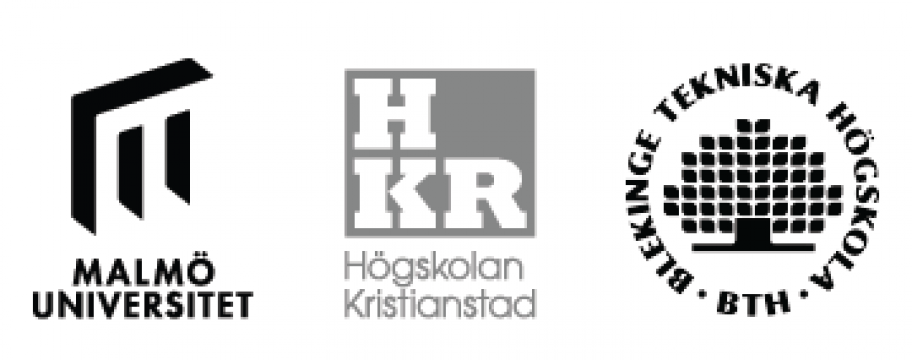- Presentatör: Matilda Watz
- Språk: Engelska
- Rumsvärd: Christina Vesterlund Hansson
- Typ av session: Presentation, 30 min
- Lärosäte: Blekinge Tekniska Högskola
- Länkar till presentationen:
 Pdf |
Pdf | Zoominspelning
Zoominspelning
Abstract
This paper scrutinizes the potential of the steps of the group model building (GMB) process, and associated causal loop diagrams respectively system dynamic models, in fostering learning for strategic sustainable development (SSD). Critical modes of learning for sustainability and key sustainability competencies are linked to elements of the framework for strategic sustainable development (FSSD) as a reference model for what constitutes learning for SSD. Four case applications of GMB in research and education within the constraints of the FSSD are analysed against the reference model, hence providing a discussion on how GMB activities can be utilised or designed so that they contribute to the sustainability competencies and modes of learning.
GMB is a method for participatory modelling which aims to facilitate team learning and creation of efficient decision support in complex systems (Vennix, 1999). GMB can therefore be useful to help to identify the dependencies within the socio-ecological systems. GMB apply five general steps, out of which the first two consist of qualitative modelling, often in form of causal loop diagrams (CLDs) and the last three quantitative modelling and simulation, resulting in a system dynamic (SD) model (Sterman, 2001). can be used for this purpose, which qualitatively illustrate the feedback behaviours within the system. Reinforcing and balancing relationships, as well as delayed feedbacks can be visualized. In this way, participatory GMB adopts a learning cycle process, with an emphasis on the collective co-creation of the model to use as decision support.
Traditionally, GMB tools, CLDs and SD models are however used for forecasting planning, and not for scenarios as sustainability which characteristics cannot be described in detail. FSSD offers an approach to strategic sustainable development in which sustainability is described as state of balance in the socio- ecological systems that can be defined as compliance to sustainability principles rather than a specific future scenario. Planning for sustainability should therefore be back casted from a vision of that in a sustainable society, nature is not subject to systematically increasing… (1) concentrations of substances extracted from the Earth’s crust, (2) concentrations of substances produced by society, (3) degradation by physical means, and in that society, people are not subject to structural obstacles to…(4) health, (5) influence, (6) competence, (7) impartiality, (8) meaning- making. When this target has been set, the current can be analyzed to investigate what actions are needed to reach compliance, after which solutions can be ideated and finally prioritized to form a strategic plan. This process is called the ABCD process for strategic planning towards sustainability (Broman and Róbert, 2017).
The four cases, i.e., a workshop method for sustainable product development, a design optimization case study, a multi-stakeholder transport strategy project, and education for sustainability at bachelors’ and master level at Blekinge Institute of Technology, Sweden, apply different steps of the GMB process, framed by the FSSD.

